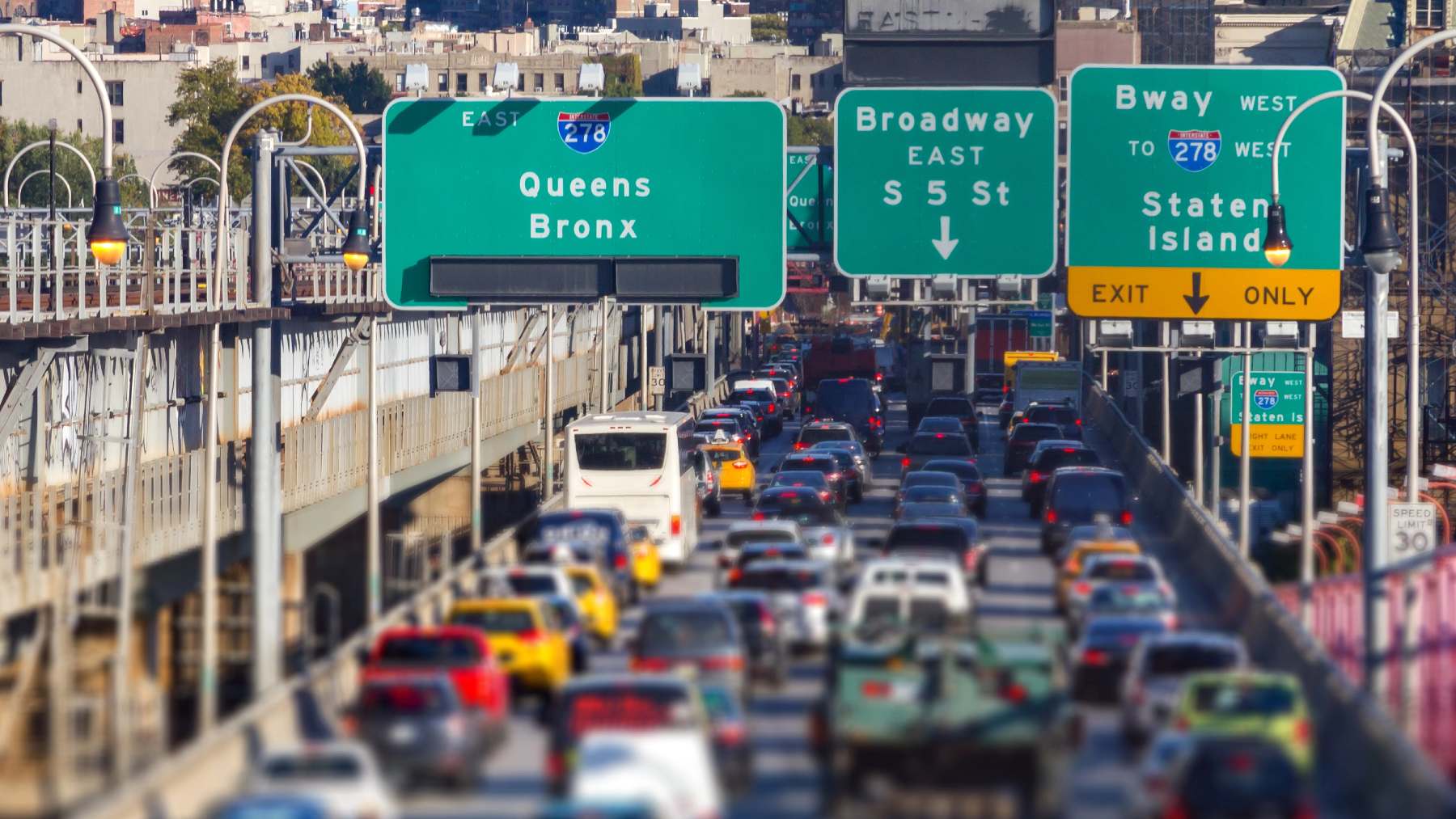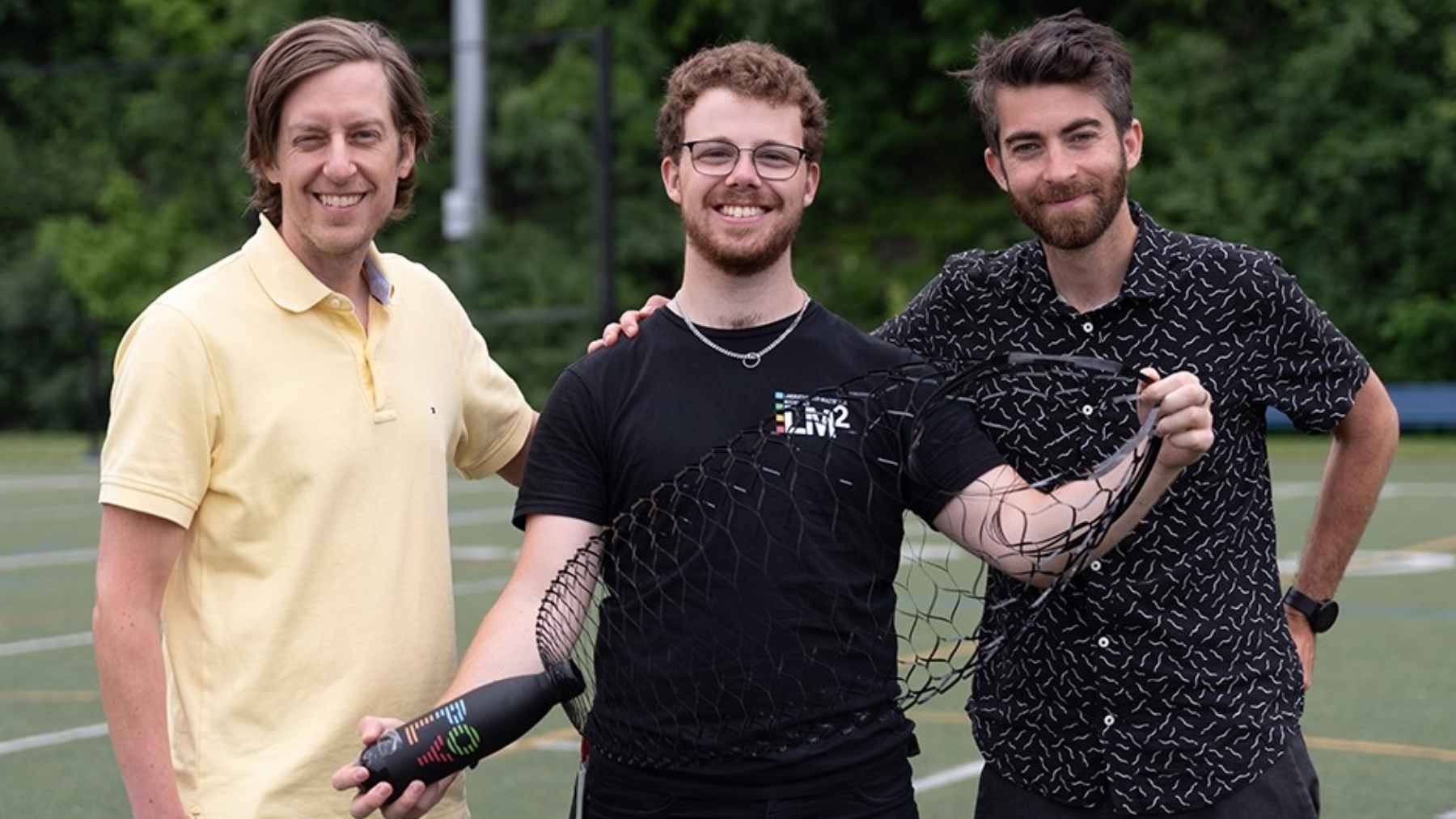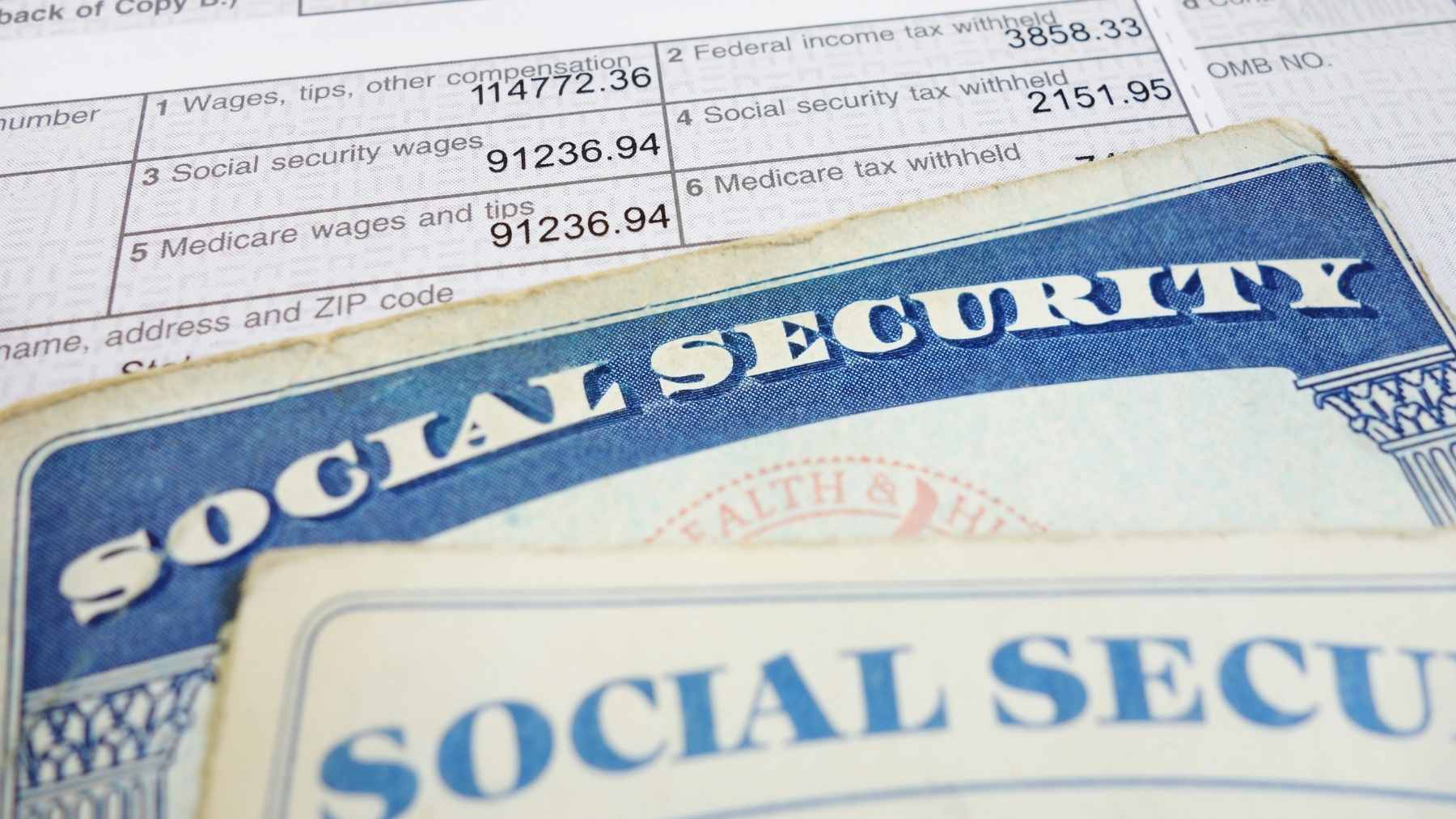These families are set to receive monthly cash payments until July 2026 next year. Stimulus payments are one of the most direct and streamlined ways authorities are able to provide financial assistance and interventions for residents. While stimulus payments are generally considered a once off payment, there are also federal and state social assistance programs that offer continuous monthly benefits to eligible beneficiaries to ensure that vulnerable members of society are protected.
Protecting low-income citizens with social assistance
Social assistance programs are essential to providing low-income and other vulnerable members of society the support they need to prevent destitution. One of the biggest federal support programs in the US is the Supplemental Nutrition Assistance Program (SNAP), which provides financial assistance to beneficiaries to help purchase food and groceries.
Supporting approximately 40 million beneficiaries, the program is intended to be a short-term intervention and is not intended for long-term use. In order to qualify to receive SNAP benefits for more than three months within three years, able-bodied beneficiaries need to ensure that they meet specific work requirements.
These working requirements are critical to a social assistance program’s success. By making benefits contingent on beneficiaries actively looking for employment, it ensures that beneficiaries are able to become economically self-sufficient, while preventing them from going hungry in the interim while they look for work. For a social assistance program to be beneficial, the overall objectives of the program should be that beneficiaries eventually stop receiving benefits.
However, some critics of this approach argue that it ignores fundamental systemic barriers facing vulnerable populations, such as the lack of employment opportunities, especially during periods of widespread economic crisis. Additionally, like in the case of SNAP, limiting what beneficiaries are allowed to purchase using their benefits conflicts with this overall goal of independence and autonomy by restricting people’s agency with their benefits instead of building self-sufficiency by building trust through managing their own resources.
$725 cash per month for these families in these postcodes
At a state level, other social assistance programs also exist, limited to residents of that state specifically. This year, California introduced its Sacramento Family First Program, a pilot program that is investigating the feasibility of the state offering a guaranteed basic income for low-income residents.
The first $725 payments for the program went out in June of this year and will continue into July 2026. Selected families for the program had to meet several eligibility criteria, including that they needed to live in one of the following locations:
- 95815
- 95821
- 95823
- 95825
- 95828
- 95838
Beneficiaries do not have limitations on what they can spend their monthly payments on. In addition, they will be offering other forms of assistance through financial literacy workshops, support groups, and financial webinars to help individuals build community and learn how to manage their money, all while sending the message that the state trusts beneficiaries with their payments and that the overall intention is to empower beneficiaries in making smart financial decisions.
The role of community in social assistance success
One critical thing the Sacramento Family First Program has identified in ensuring long-term financial success is the importance of building a strong community and support network for beneficiaries. Building up a network of support ensures that people are more likely to continue making smart financial choices by reducing isolation, providing emotional encouragement, and creating solidarity.
The piloting of these programs demonstrates how authorities are not only interested in ‘quick fixes’ for residents but are actively wanting to create systemic positive change for economically vulnerable individuals and families. Assistance like this from authorities also fosters increased trust between the local government and residents, ensuring that voters feel satisfied with their state governance and reinforcing confidence in government spending if residents can see the impact their tax money is having.
Disclaimer: Our coverage of stimulus checks, tax reliefs, tax rebates, tax credits, and other payments is based on the official sources listed in the article. All payment amounts and dates, as well as eligibility requirements, are subject to change by the governing institutions. Always consult the official source we provide to stay up to date and obtain information for your decision-making.















